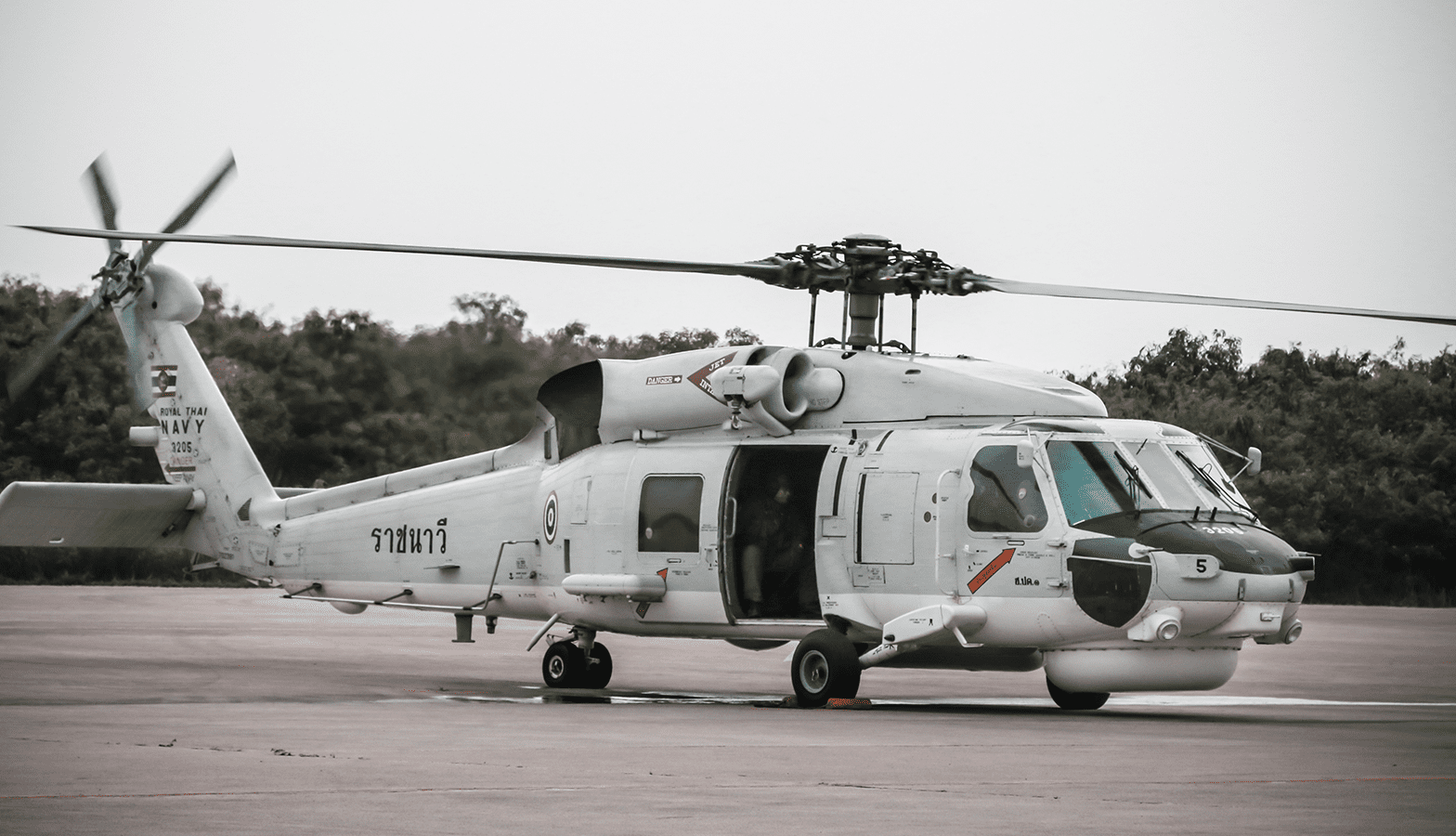Exploring the Background and Development of the UH 60 Helicopter

Beginnings of the UH-60
The beginnings of the UH-60 helicopter can be traced back to the late 1960s, a period noted by the requirement for a flexible energy airplane that can adapt to the evolving needs of modern war. The U.S. Military recognized the requirement for a replacement for the older UH-1 Iroquois, which was becoming increasingly insufficient for the complexities of contemporary combat scenarios. In 1967, the Military started the Utility Tactical Transport Airplane System (UTTAS) program, which looked for to create a multi-role helicopter efficient in various goals, consisting of army transportation, medical evacuation, and logistical assistance.
The UH-60 Black Hawk was presented, showcasing ingenious style components and progressed modern technology that established it apart from its precursors. The UH-60 rapidly acquired acknowledgment for its robust efficiency, dependability, and adaptability, paving the method for its comprehensive usage in army procedures and strengthening its standing as a foundation of U.S. Military air travel.
Trick Layout Functions
Cutting-edge design attributes of the UH-60 Black Hawk dramatically contribute to its functional performance. Among one of the most remarkable facets is its twin-engine configuration, which improves reliability and gives a greater power-to-weight ratio, allowing the helicopter to do under different conditions. The aircraft's four-blade main rotor system offers boosted lift and maneuverability, vital for tactical objectives.

Additionally, the cockpit is designed for ideal visibility and functional designs, including innovative avionics that simplify pilot procedures. The modular style of the UH-60 allows for very easy maintenance and versatility, making it ideal for various objective profiles, from troop transport to medevac operations. These key layout attributes guarantee that the UH-60 Black Hawk continues to be a trustworthy and versatile property in armed forces aviation, with the ability of fulfilling the needs of modern warfare.
Technological Advancements
Recent technological innovations in the UH-60 Black Hawk have considerably enhanced its functional capabilities and versatility. The assimilation of advanced avionics, such as digital flight control systems and enhanced situational recognition display screens, enables pilots to operate with enhanced accuracy and efficiency. These systems help with improved navigating, interaction, and information sharing, making it possible for the helicopter to work effectively in diverse environments.
Additionally, the intro of composite products has actually reduced the overall weight of the aircraft while preserving structural integrity. This decrease enhances gas efficiency and extends functional range. The incorporation of sophisticated blades modern technology, consisting of the use of four-blade, totally articulated rotor systems, has enhanced lift performance and maneuverability, enabling for far better handling in numerous trip problems.

Furthermore, developments in propulsion systems, such as the view it now T700-GE-701D engines, have raised power result and reliability - uh 60. These engines add to superior efficiency in hot-weather and high-altitude problems
Finally, the combination of self-defense systems and improved sensing unit packages enhances the Black Hawk's survivability and objective efficiency. Collectively, these technological enhancements make sure that the UH-60 Black Hawk continues to be a vital property in modern-day aviation, qualified of adapting to the developing demands of armed forces and altruistic objectives.
Function in Military Operations
As the backbone of united state Military air travel, the UH-60 helicopter plays an important duty in different armed forces operations, working as a functional platform for fight support, transportation, and medevac goals - uh 60. Its design includes the capacity to run in diverse environments, making it necessary for army activity and logistical assistance in both non-traditional and traditional warfare

In clinical evacuation situations, the UH-60 has actually verified invaluable, substantially lowering the time to transfer wounded soldiers from the combat zone to clinical facilities. Its advanced avionics and night vision capacities even more guarantee goal success under tough conditions. Overall, the UH-60 helicopter stays a crucial property, continually adjusting to satisfy the evolving needs of military operations and enhancing the performance of united state forces worldwide.
Future of the UH-60
Looking ahead, the future of the UH-60 helicopter includes considerable improvements in technology and abilities created to enhance its operational effectiveness. As armed forces operations evolve, the UH-60 is expected to include innovative innovations, including improved avionics, enhanced weapons systems, and advanced communication tools. These improvements will enable higher situational awareness and mission adaptability, making sure that the UH-60 remains an essential asset on the battleground.
One significant advancement my link is the assimilation of fly-by-wire systems, Recommended Reading which will improve flight control accuracy and minimize pilot workload. Furthermore, efforts to upgrade the airframe and engines aim to enhance haul, speed, and variety capacity, therefore expanding the helicopter's operational scope (uh 60).
The future likewise holds promise for raised interoperability with unmanned aerial systems (UAS), enabling coordinated missions that take advantage of both manned and unmanned capabilities. Furthermore, the consolidation of synthetic knowledge and device understanding might maximize flight dynamics and upkeep procedures, leading to lowered operational costs.
Conclusion
The UH-60 Black Hawk helicopter stands for a significant accomplishment in military aviation, advancing from the united state Army's first needs for a versatile utility aircraft. Its ingenious style features and continuous technological improvements have actually guaranteed its relevance in various army operations over the decades. As the demands of modern war modification, the future of the UH-60 will likely entail additional improvements and adjustments, reinforcing its condition as an important asset for militaries worldwide.
The UH-60 Black Hawk helicopter represents a considerable milestone in army air travel, arising from the United state Army's mission for a more functional and reliable utility aircraft in the late 20th century.The origins of the UH-60 helicopter can be traced back to the late 1960s, a period marked by the need for a functional utility airplane that might adjust to the developing needs of contemporary warfare. In general, the UH-60 helicopter stays an essential possession, continually adapting to meet the developing needs of military operations and enhancing the performance of United state pressures worldwide.
Looking ahead, the future of the UH-60 helicopter includes considerable innovations in innovation and abilities developed to enhance its functional performance.The UH-60 Black Hawk helicopter stands for a substantial success in armed forces aeronautics, evolving from the United state Military's preliminary needs for a versatile energy aircraft.
 Charlie Korsmo Then & Now!
Charlie Korsmo Then & Now! Michael C. Maronna Then & Now!
Michael C. Maronna Then & Now! Danny Pintauro Then & Now!
Danny Pintauro Then & Now! Pauley Perrette Then & Now!
Pauley Perrette Then & Now! Christy Canyon Then & Now!
Christy Canyon Then & Now!